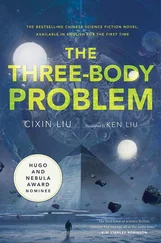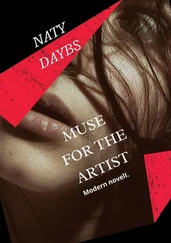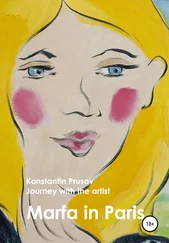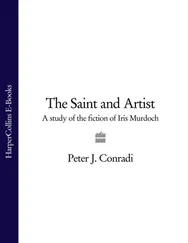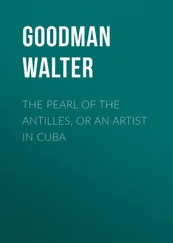It is important when mixing a wash to make more than you think you will need. There is nothing worse than running out of colour two thirds of the way through covering an area, and allowing the edge to dry out as you try to mix more. Remember, too, that washes often dry lighter. When painting some areas, such as the sea, you can miss out tiny areas of the wash, allowing the white paper to sparkle through.
Have you tried working onto damp paper? This allows colours and washes to flow together loosely. It also encourages accidental effects that can add excitement to any painting.
It might help to reduce the range of textures you include in each painting. Unless done selectively, textures can produce a rather tired surface.
Have you thought of working to a time limit? This is another simple way to keep your paintings fresh. It certainly helps to answer the old question of ‘how do I know when I’m finished?’ Using a time limit will give a sense of urgency and attack to your work. If combined with thorough preparatory work, this is an excellent stimulus to producing a fresh painting.
Woodland Study
15 × 21 cm (6 × 8 1/ 4in)
A large brush can be used in different ways: full width for broad effects, edgeways for linear work. The corner can be used for detailed areas. Try to use a bigger brush than you think you need – this will avoid your ‘fiddling’ with the painting and spoiling your work .
Evening Tide, Largo Bay
10 × 21.5 cm (4 × 8 1/ 2in)
I allowed myself only 40 minutes to complete this painting. The discipline of working to a fixed time encourages freshness in any painting .
It is impossible to produce clean, lively paintings using dirty paint brushes and water. I know this seems obvious, but it can be forgotten about. Before starting to paint, rinse your brushes out in clean water to get rid of any accumulated paint. A wash can be ruined if brushes are not clean.
Given that water dirties very quickly, how can you keep it fresh? The answer is not to use just one small water jar. You need a water source for cleaning brushes, and another for colour mixing. Use a plastic bucket of water in which to rinse your brushes, and a smaller jar to hold clean water for mixing. Make sure that you replenish this smaller jar regularly.
If you follow some, or all, of the advice in this chapter you will eliminate any ‘tiredness’ in your paintings. This will give you more pleasure from your work, as well as improving its quality.
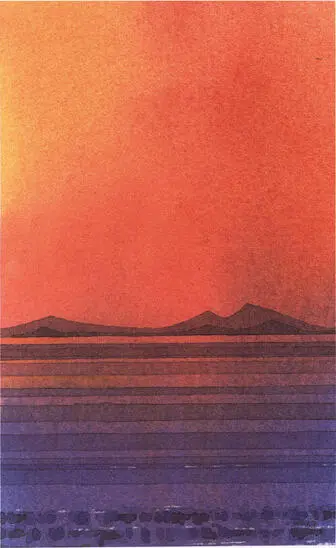
Seascape
18.5 × 11.5 cm (7 1/ 4× 4 1/ 2in)
This small painting was started with a variegated wash onto damp paper. This encouraged colours to flow together in a clean and spontaneous way. After allowing this first wash to dry, other washes were laid on top to suggest mountain and wave forms. The white highlights were scratched out with a sharp blade .
3
START TO FINISH
Why do I have problems working up a satisfactory finished picture from an exciting sketchbook study?
Answered by:
Judi Whitton
Racing home, we rounded the bend. Suddenly, before us was the most lovely subject for a painting. We quickly parked. Time was limited, so out with the sketchbook, and I made a hasty study in pencil with just the essential details – a little tonal shading and a few colour notes. I took a photograph and jumped back in the car and we carried on with our journey.

Winter Scene
15 × 20.5 cm (6 × 8 in)
It was a dull, rainy day. I sketched from the car and there was little tonal contrast. It all seemed very unpromising but my sketch (right) became a challenge. I tried to compensate for the narrow tonal range and emphasized any local colour. Above all, I stopped while the painting still had the ‘sketchbook feeling’ .
Some time later, back in the studio, I used my sketch as a reference to complete a successful watercolour painting that exactly portrayed my impression of what I had seen.
Or did I? In fact, it is most unlikely! In the ideal world this is what is expected; after all, Turner produced some stunning watercolour paintings based on little spidery sketches. He travelled on horseback without the company of a state-of-the-art camera. So why is it so difficult? What is the missing link?
This is the dilemma. How often have I heard a fellow artist say that they were pleased with their sketch, but disappointed with the finished painting. I have had many long and intriguing discussions about the problems that arise when working up a successful painting from a promising sketch. These problems can occur either in the studio after the sketch has been made, or outside when a sketch has been used as a preliminary to the painting.
I do not believe that the basic problem lies in how the sketch itself is made. Whether it is a thumbnail sketch, a detailed line drawing, a tonal study or even a little painting, there seem to be many pitfalls before the final painting is produced. The problem seems to lie in how the sketch is used to produce the painting.
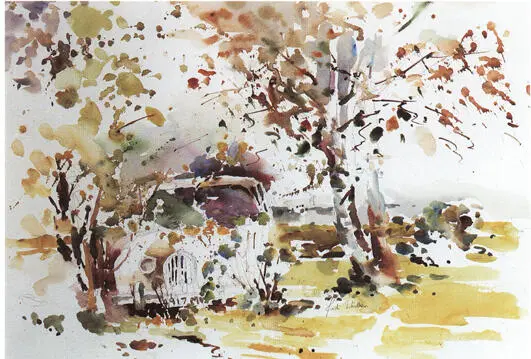
Hidden Treasure
32 × 48 cm (12 1/ 2× 19 in)
What an irresistible subject! But I was careful in the way I painted it. The sketchbook enabled me to choose the angle I liked. As in Winter Scene, the light was so poor that a photograph was impossible, and my sketches were invaluable .
WHICH SKETCHES SHOULD I USE?
The first question to ask yourself is whether the subject is right for a finished painting. Some people might think that a particular subject is ideal for a sketchbook study but there is not enough ‘weight’ in it for a finished painting. The magical thing about being an artist is that there are no rules. The illustrations hereshow the sketch and final painting of a winter scene. I framed it like this because I felt I had finished it, even though there was not a great deal of content. I did not really have any more to say and hoped I had caught the essence of the subject. But what was most important was that this picture still had the ‘sketchbook feeling’ about it.
HOW TO KEEP THE SKETCHBOOK FEELING’
Is the ‘sketchbook feeling’ the missing link? What is it about an artist’s sketchbook that we all love? I have often watched artists demonstrate at our local art society. Usually they bring along a few of their finished framed pictures and then generously pass round their sketchbooks while doing the demonstration. Somehow, the sketchbooks never get very far round the room because someone in the audience becomes totally absorbed in it.
Why is it that the sketchbook is so fascinating? So often it is full of life and vigour and a sense of spontaneity, which is sometimes lacking in the framed work. Also it is a ‘private’ thing. A sketchbook is for the artist’s use. Generally it is not intended for public scrutiny, so there is a personal feeling about it. It is these qualities of spontaneity and ‘personal’ experience that you should strive to hold onto in the finished work.
Читать дальше




